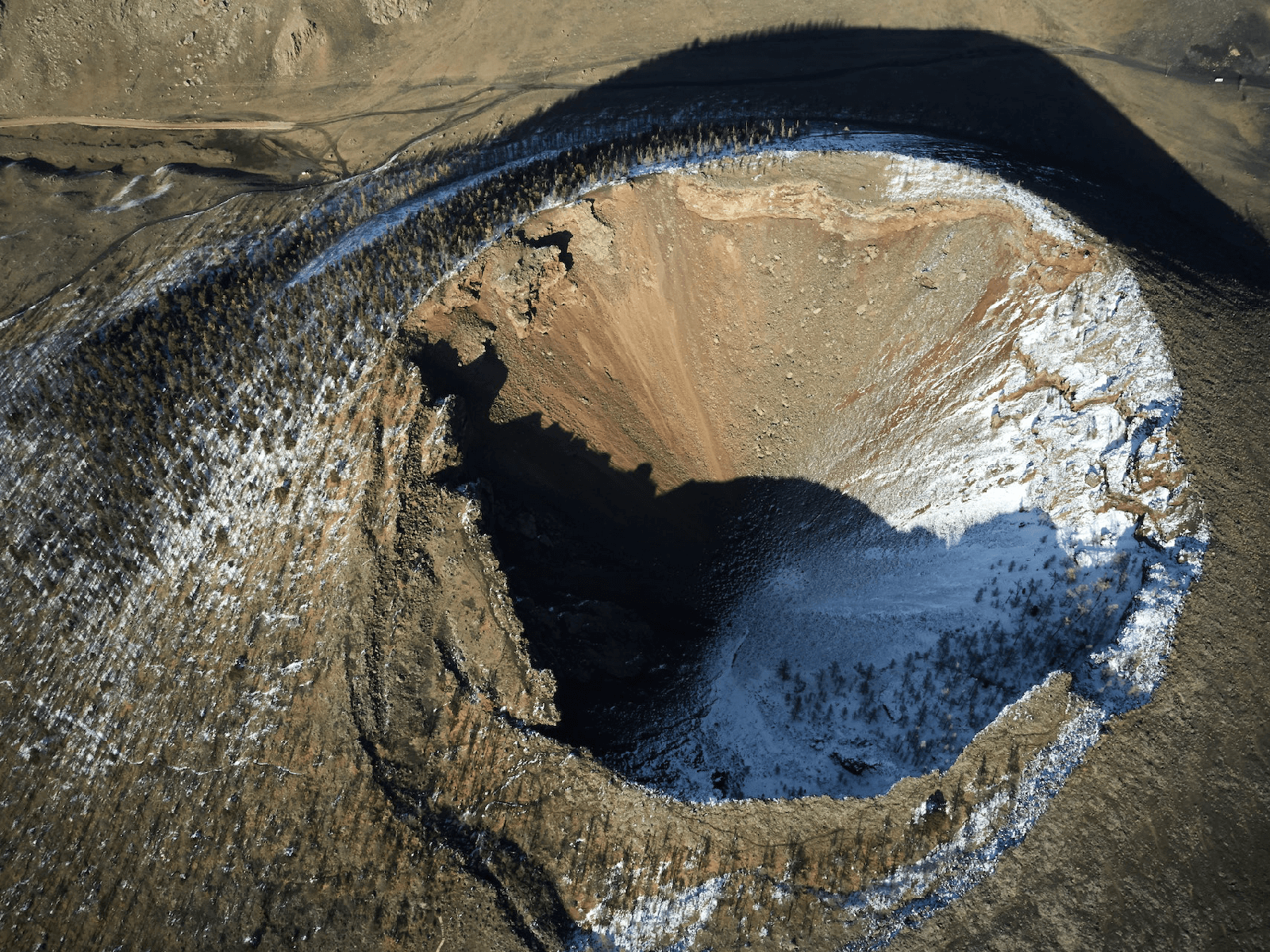Extinction-level events are catastrophic events that have the potential to wipe out entire species, including humans. Throughout Earth’s history, there have been several mass extinction levels events, and scientists are still trying to understand what causes them.
Let’s explore the mystery behind these events.
What are Extinction-Level Events?
Extinction-level events are events that cause a significant and rapid decrease in the diversity and abundance of life on Earth. They have occurred several times in Earth’s history. The most famous example is the extinction of the dinosaurs around 66 million years ago. Other catastrophic events include the Permian-Triassic extinction event, which occurred around 252 million years ago and wiped out more than 95% of all marine species and 70% of terrestrial species.
Causes of Extinction-Level Events
Here are some of the causes that are said to be contributing factors in extinctions.
Natural Disasters
One of the primary causes of extinction-level events is natural disasters. These events can include volcanic eruptions, earthquakes, and asteroid impacts. An asteroid’s impact is believed to have caused the extinction of the dinosaurs.
Climate Change
Climate change is another potential cause of extinction-level events. When the climate changes rapidly, species may not be able to adapt quickly enough, leading to their extinction. The Permian-Triassic extinction event is believed to have been caused by climate change, with global warming leading to the release of methane hydrates and other greenhouse gases.
Diseases
Diseases are also a potential cause of such catastrophic occurrences. When a new disease is introduced to a population that has no immunity, it can quickly wipe out entire species. For example, the arrival of Europeans in the Americas brought with them diseases that decimated the Native American population.
Human Activities
Human activities, including deforestation, pollution, and climate change caused by greenhouse gas emissions, are also potential causes of extinction-level events. As humans continue to alter the planet’s ecosystems, we increase the risk of such occurrences.
Reducing the Risk of Extinction-Level Events
Here are some of the measures to reduce the risks to lives and mitigate potential risks.
Monitoring and Early Warning Systems
One way to mitigate the risk of extinction-level events is through monitoring and early warning systems. By keeping a close eye on potential threats such as asteroids and volcanoes, we can potentially predict and prepare for potential disasters.
Conservation and Restoration
Conservation and restoration efforts can also help mitigate extinction-level events risk. By preserving habitats and protecting endangered species, we can help to maintain biodiversity and reduce the risk of potential threats.
Addressing Climate Change
Addressing climate change is another critical way to mitigate the risk. By reducing greenhouse gas emissions and transitioning to renewable energy sources, we can help reduce the impacts of global warming and minimize the risk of climate change-induced extinctions.
Takeaway
Extinction-level events are a significant threat to life on Earth, and their causes and potential solutions are still being studied. As humans continue to alter the planet’s ecosystems and contribute to climate change, the risk of an occurrence increases. By monitoring potential threats, conserving biodiversity, and addressing climate change, we can help to mitigate the risk and ensure the long-term survival of life on Earth.
Ready to discover the truth behind the mysterious fourth signal? Get your copy of ‘The Fourth Signal’ now!


